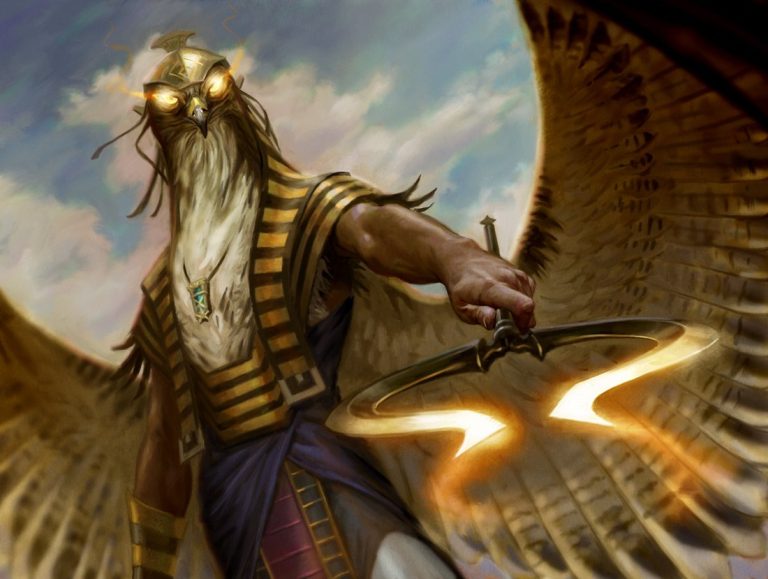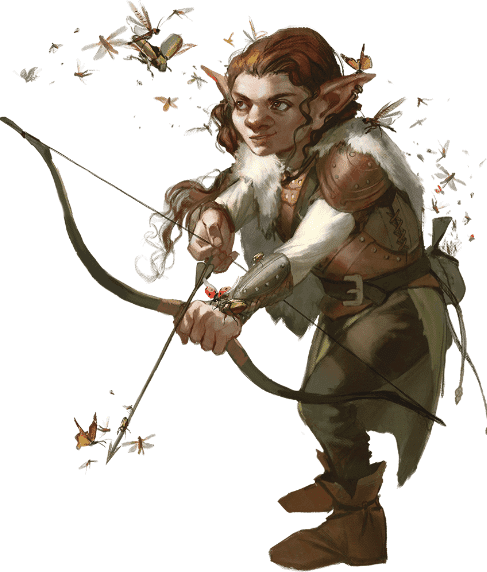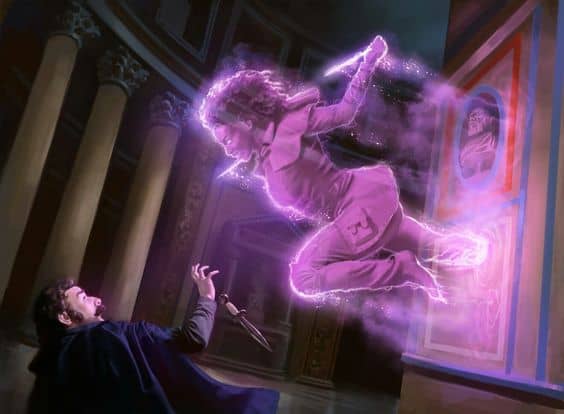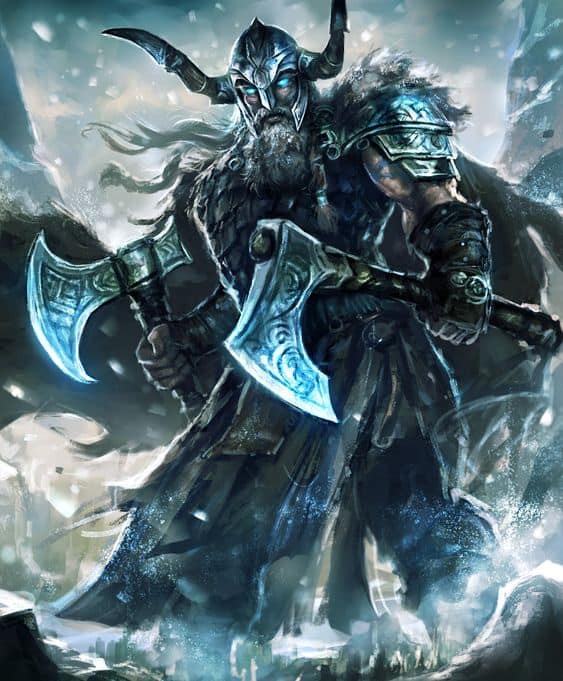D&D 5e: Circle of the Land Druid Guide
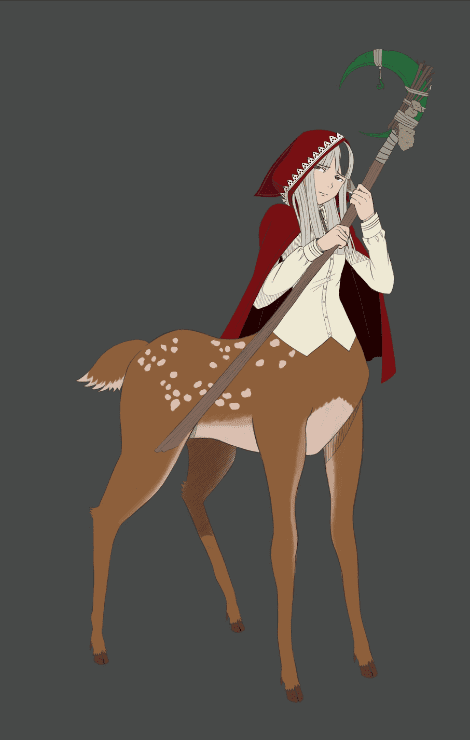
D&D 5e: Circle of the Land Druid Guide
Role in the Party
The druid is always the one-with-nature friend of the party. While often characterized as a hippie, you won’t be talking about ‘peace and love’ when they turn themselves into a panther at level 2 and start tearing people apart. The Circle of the Land druid specializes in the land that they became a druid in, gaining thematic spells in the process.
Cool as it sounds though, they really pale in comparison to the Circle of the Moon, or more recent druid forms.
Epic
Good
Meh
Bad
The Cirlce of Land Druid subclass is found in the Player’s Handbook. Click here to pick up your own copy of the Player’s Handbook!
Circle of the Land Features
When you select Circle of the Land, you get to learn a bonus druid cantrip of your choice, and you can Commune with Nature during a short rest to recover expended spell slots whose combined spell level is equal to or less than half of your druid level rounded up, and cannot be 6th level or higher.
But the most important feature here is the Circle Spells.
At levels 3, 5, 7, and 9, you get spells that thematically match the location where you became a druid.
The locations you gain spells from can be one of the following: Arctic, Coast, Desert, Forest, Grassland, Mountain, Swamp, or the Underdark.
Some of these spells are already druid spells, some aren’t, but either way, they count as druid spells for you, and crucially, they don’t count against your spells known. Running through all of them here would take an article by itself, but in brief: Arctic has themes of snow, ice, and slowing; Coastal has a lot of water-based spells; Desert is about survival, mirages, and harsh environs; Forest has tree and plant-themed spells; Grasslands are stealthy and swift like a lion’s pursuit; Mountains are about stone and impassibility; swamps are about darkness and disease (Hello, MTG players, I see you there); and Underdark has themes of fog, spiders, and stealth.
What you choose is up to you, but a few spells are frequently shared, such as Spider Climb and Spike Growth. Pick the one that will work best for your style, and for what you expect to encounter. You still get to choose your spells, so maybe look for the non-druid spells you want to swipe for yourself.
Starting at 6th level you get Land’s Stride, which lets you move through nonmagical difficult terrain with no extra movement, nonmagical plants without being slowed or taking damage from them, and advantage on saving throws against magically-created plants made or manipulated to impede movement, like the Entangled spell.
It’s useful, sure, but not as frequently as even Circle of the Moon’s comparable 6th level feat that makes your beast form attacks count as magical for the purposes of resistances, which comes up probably a lot more frequently. How often has difficult terrain made things that much harder for you? You could just play as an Earth Genasi if it’s that big of an issue.
At 10th level, you gain Nature’s Ward, can’t be charmed or frightened by elementals or fey, and are immune to poison and disease. This is… fine. Being unable to be charmed by fey is pretty good, frighten doesn’t tend to come up that often usually. Being immune to poison and disease never hurts. Now you can hang out with the monks of your level and not-drink. (Alcohol is a poison, remember. Just don’t tell the Way of the Drunken Master monks).
At 14th level, gain Nature’s Sanctuary. This makes plants and animals have to do a wisdom save against your spellcasting DC if they want to attack you. On a failed save they must choose a different target, or the attack misses. On a successful save, the creature is immune to this effect for the next 24 hours. The creature is aware of this effect. This is great if, say, you go up against a corpse flower, but this isn’t likely to be super helpful, since plants and animals are usually (but not always) low-CR threats that come in big numbers, so it may just mean the horde shifts around a bit.
Strengths
This just seems like the better base ranger, than anything. Your chosen ‘land’ is like the favored terrain, animals like you more, and you avoid difficult terrain with relative ease but aren’t immune to it. You’re the team navigator, who does buffs and debuffs. Stay in a team and you can be fine.
Weaknesses
Not a tank, not a rogue built for sneaking and doing damage, not a healer. This form of the druid is really about buffs and debuffs, and it’s not even necessarily the best at it. Since books outside of the PHB have been released, there are much bigger, better options if you want to play a druid and more specialized roles.
Best Race Options
–Aarakocra: With light to medium armor as your options, and an inability to use metal as mandatory for druids, the Aarakocra is a good choice, allowing you to fly (if you only use light armor) and use talons; and at level 3 you can cast Gust of Wind without a material component once per long rest. Any time you get free reign of the sky, you’ve got some pretty good options.
–Firbolg: Detect Magic and Disguise Self spells, a bonus action to make you invisible in combat until you do something of note or start your next turn, a powerful build, and the ability to talk to animals and plants, though they don’t have much ability to talk back. Both flavor-wise and mechanically, the Firbolg is a fine choice for any aspiring Druid, but especially a Circle of the Land druid.
–Hobgoblin: while Fey Ancestry is a bit redundant for this class, the Fey Gift to let you use the Help action as a bonus action can do a great deal for you. At third level, you can use Hospitality (giving temporary hitpoints), Passage (increasing friends’ walking speed), or Spite (inflict disadvantage on an attacker if they’ve already hit one of your allies you’re helping). You also get Fortune of the Many, which lets you add up to +3 to an attack roll or ability check you’ve failed, depending on how many allies you can see nearby. This is a perfect blend of boosting yourself and boosting others, for your druid.

Choosing the Right Skills
Druids choose two between Arcana, Animal Handling, Insight, Medicine, Nature, Perception, Religion, and Survival.
As a druid, you should choose Animal Handling and Nature almost by default, but rearrange according to what your background gives you.
That said, there’s a big issue with druids: As the bastions of nature, they are wisdom casters. However, ‘Knowledge: Nature’ is an Int stat, which makes sense for every other class, but does mean it’s very possible to have a druid who doesn’t roll Knowledge: Nature very well. To make up for this, try to buff it.
(Alternatively, you could ask your DM to use my house rule, ‘Druidic Nature’ which is a homebrew feat that just means that druids roll Knowledge: Nature with their Wis stat instead.)
Fitting Feats
War Caster: Gain advantage on con saves to maintain your concentration on a spell when you take damage, you can perform somatic components of a spell even with items in your hands, and when an enemy provokes an attack of opportunity, you can cast a spell at them instead of using an attack. Always a good choice for a caster.
Observant: Increase your Wis or Int by 1 (max 20), you can read lips as long as the person you’re watching is speaking in a language you understand, and a +5 bonus to your passive perception and passive investigation scores.
Fey Touched/Shadow Touched: These two are very similar. Add +1 to your Int, Wis, or Cha score (Max 20), and learn either Misty Step (Fey) or Invisibility (shadow) and one first level spell of your choice, which must be in Divination/Enchantment (fey) or Illusion/Necromancy (shadow) schools, depending on whether you chose Fey touched or Shadow touched. You can cast one of those spells once per long rest, or use spell slots of the appropriate level. Your spellcasting ability is whichever ability you increased with the upgrade. Note that neither feat says you can’t take the other, so why not be both Fey-touched and shadow-touched?
(Art posted by u/onzuka88, character by u/Blood_Slinger)
Optimal Backgrounds
–Folk Hero: Rustic Hospitality grants you shelter among the common folk, you get animal handling and survival proficiencies, as well as one form of artisan’s tools and land vehicle proficiencies. You also get the typical items and 10gp.
–Hermit: Skill proficiencies in medicine and religion, tool proficiency with the herbalism kit, an extra language, an herbalism kit in your starting pack along with some other items, and 5GP. You also get the Discovery feature, which means you know something or have discovered something powerful, that you and your DM can determine. Pretty neat, and great for driving the story.
–Outlander: Athletics and Survival skills, one type of musical instrument as a proficiency, a language of your choice, some great survivalist gear as items, 10GP, and the feature Wanderer, which lets you be the team navigator, and means you can provide for your team in the wilds.
Multiclassing Options
–Nature Domain Cleric: Sure you get yet another druid cantrip, but also, at second level you can use Channel Divinity to charm animals and plants within 30ft of you if they fail a Wisdom saving throw. At 6th level, you can grant some elemental resistances, too. The additional nature domain spells are also always prepared for you, which can free up more space for spells you know as a druid.
–Scout Rogue: As usual, the Rogue’s starting kit is pretty good with bonus action disengage, and sneak attack damage. As a scout, at third level, you can move up to half your speed as a reaction when an enemy ends its turn within 5 feet of you, without provoking opportunity attacks. You also gain proficiency in Nature and Survival skills if you didn’t already have them, and the proficiency bonuses for them are doubled. At 9th level, your walking speed increases by 10ft. It never hurts to be dexy when you’re in light/medium armor.
Would I recommend playing a Circle of the Land Druid?
No. Pretty much every other druid type is better than Circle of the Land, unfortunately. On the bright side: This is a better Ranger than the PHB rangers if you think about it. Which doesn’t make this any better. Circle of the Land doesn’t even really lend itself to multiclassing well. You’re just destined to be… Okay. But it’s not in your power level, it’s in your role playing. Circle of the Land at least gives you plenty of opportunity for that.



